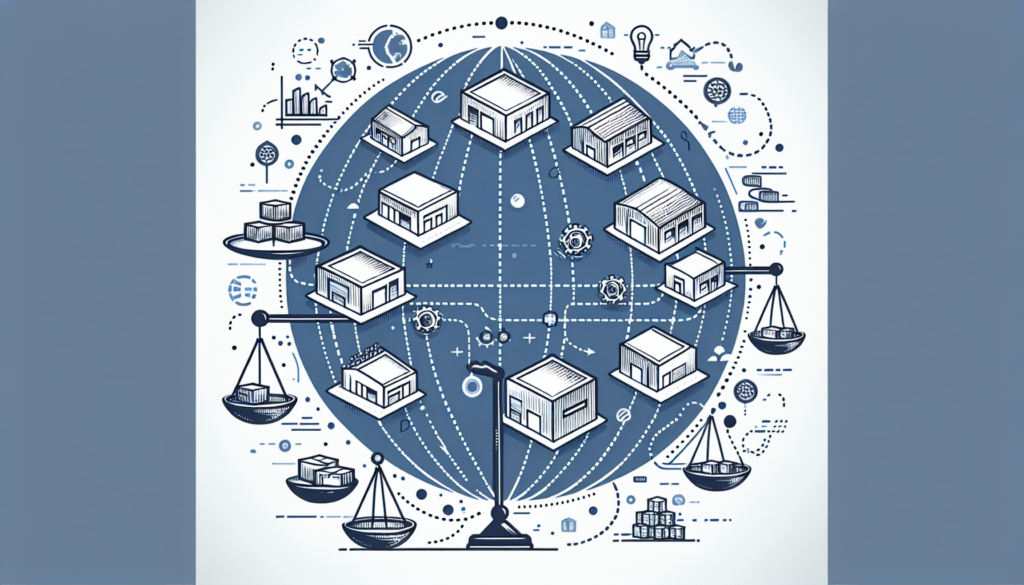Multi-location warehousing offers several advantages over traditional single-location facilities. One of the key benefits is increased flexibility. With inventory stored in multiple locations, companies can more easily adjust to fluctuations in demand, seasonal trends, and other market changes. This flexibility allows businesses to respond quickly to customer needs and maintain high levels of customer satisfaction.
Another advantage of multi-location warehousing is reduced shipping costs. By strategically placing inventory closer to customers, companies can minimize the distance and time it takes to deliver products. This not only lowers shipping expenses but also improves delivery times, leading to higher customer retention and loyalty.
In addition to increased flexibility and reduced costs, multi-location warehousing can also help businesses mitigate risks. By spreading inventory across multiple facilities, companies can minimize the impact of disruptions such as natural disasters, labor strikes, or supply chain issues. This risk diversification can help ensure continuity of operations and prevent costly downtime.
Furthermore, multi-location warehousing can improve overall operational efficiency. By optimizing inventory placement and distribution, companies can streamline their supply chain processes, reduce lead times, and enhance order fulfillment speed. This increased efficiency can lead to higher productivity, lower inventory holding costs, and improved profitability.
Despite the many advantages of multi-location warehousing, some companies may have concerns about the complexity and costs associated with managing multiple facilities. However, with the right technology and logistics partners, businesses can effectively overcome these challenges and reap the benefits of a multi-location strategy.
FAQs:
Q: How can I determine if multi-location warehousing is right for my business?
A: Consider factors such as your current order volume, geographic distribution of customers, inventory turnover rates, and shipping costs to assess the potential benefits of multi-location warehousing for your business.
Q: What technology solutions can help me manage multiple warehouse locations?
A: Warehouse management systems (WMS), inventory tracking software, and transportation management systems (TMS) can help companies effectively manage inventory, streamline order fulfillment, and optimize shipping routes across multiple locations.
Q: How can I find the right logistics partner to support my multi-location warehousing strategy?
A: Look for a reputable third-party logistics provider (3PL) with experience in multi-location warehousing, a strong network of facilities, and advanced technology solutions. Fulfillment Hub USA, for example, offers comprehensive warehousing and fulfillment services to help businesses optimize their supply chain operations.
In conclusion, multi-location warehousing offers numerous advantages for companies seeking to increase flexibility and reduce costs in their operations. By strategically distributing inventory, businesses can improve supply chain efficiency, lower shipping expenses, mitigate risks, and enhance operational efficiency. With the right technology and logistics partners, companies can successfully implement a multi-location strategy to stay competitive in today’s dynamic business landscape.
To learn more about how Fulfillment Hub USA can help your business with multi-location warehousing and fulfillment services, visit https://fulfillmenthubusa.com.
